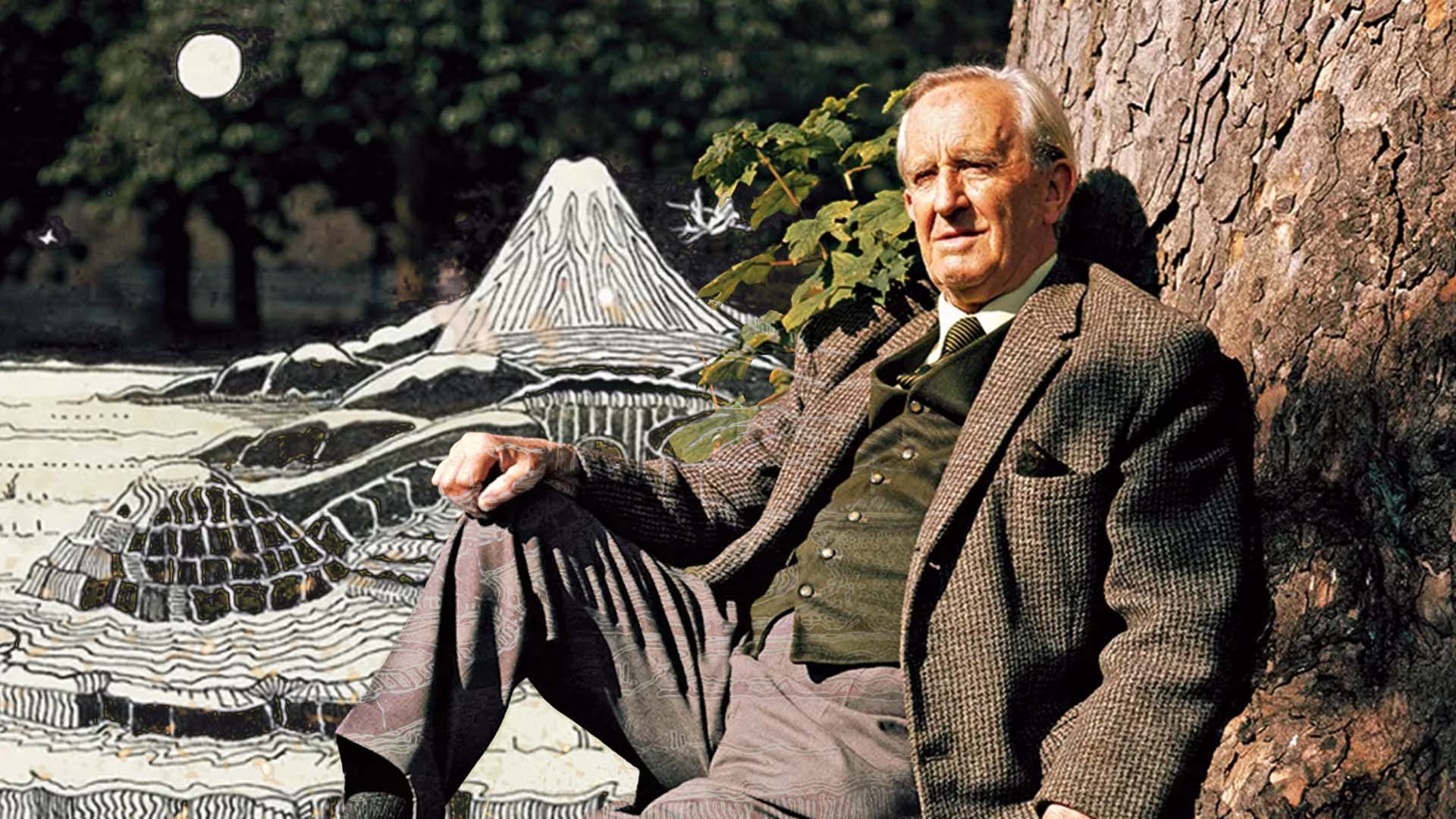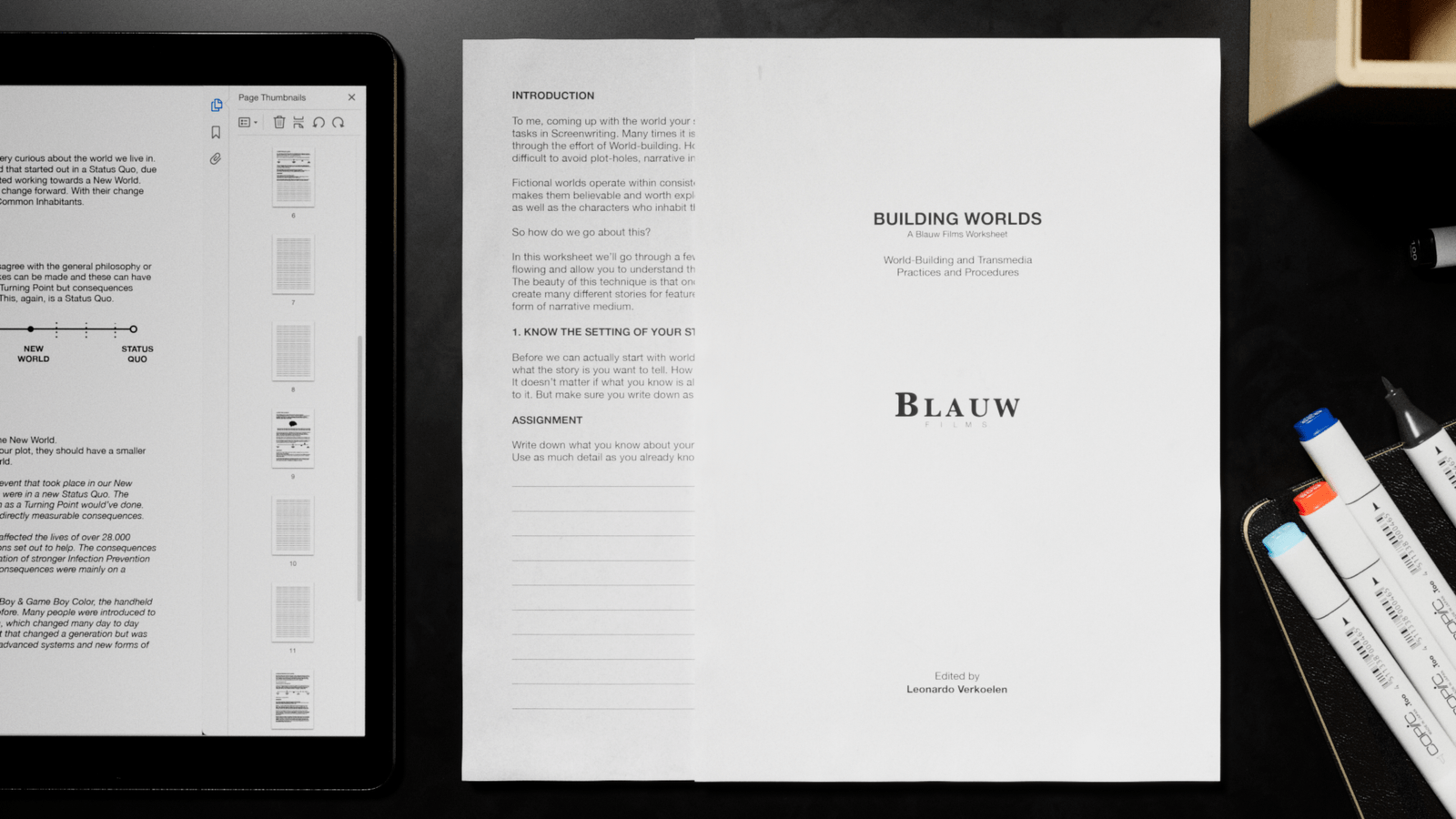The Super Fast Movie Lens developed for NASA
Where technology and art meet
Zeiss

It is time to speak about the Zeiss 50mm Planar® f/0.7 lens. In 1966 this was the fastest lens in the world.
And it was custom made for NASA for their Apollo Lunar Program to capture pictures of the far side of the moon. Also known as the dark side of the moon. This was the first time that this side of the moon would be photographed.
Research and Development
Lens technology from Zeiss has developed in so many verticals. The Zeiss Luminar set of photomicrography lenses are continuously used by scientists and criminologists to magnify the tiniest objects to life-size stunning detail.
The Zeiss reconnaissance lenses were indispensable tools for landscape planners, cartographers, scientists, reconnaissance and defense agencies.
But the Planar® f/0.7 was a special kind of special. This lens is one of the largest relative aperture lenses in the history of photography.
Theoretical designs have been developed by physicists long before 1966 with the core design being based on 1874’s computation of the double-Gauss-type optical cell. Progress had continuously been made towards large aperture lenses. For a variety of use cases it was important to let as much light into the lens as possible.
Kodak had drafted up ideas pre-WWII. And the Nazis successfully produced a 70mm f/1 lens for use on night-scopes on weapons.
However, the project got revived by NASA in 1966 for capturing the dark side of the moon.
The 50mm Planar® f/0.7 was completed with only 10 copies of the lens made.
1 Was kept by Zeiss.
6 Were sold to NASA.
And the other 3 lenses were bought by director Stanley Kubrick for use in Barry Lyndon (1975).
Both NASA and Kubrick shared a difficult problem which required a unique solution. Shooting in incredibly low-light situations while achieving clear and well lit images.
NASA required the 50mm Planar® f/0.7 for achieving scientifically accurate results for further analysis and research. The light transmitting capabilities of the lens were essential for achieving the desired result.

The same was true for Kubrick.
He wanted to shoot scenes entirely lit by only candlelight. The 50mm Planar® f/0.7 was a technological marvel that would make this possible. Stanley Kubrick continued technical modifications on 2 of the 3 lenses he owned through the work of Ed DiGiulio (President of Cinema Products Corp) and Dr. Richard Vetter (optical scientist from Todd-A-O).
In this process they created a 36.5mm Planar® f/0.7 and a 24mm Planar® f/0.7 for wide-angle shots while maintaining the large aperture.
When asked about why they were going through all this trouble Kubrick replied that he was not doing this just as a gimmick, but because he wanted to preserve the natural patina and feeling of these old castles at night as they actually were.

These days two of the Zeiss 50mm Planar® f/0.7 lenses are available for rent periodically. If you are lucky to get your hands onto a rented f/0.7 for a shoot, you will experience first hand its beautiful characteristics and bokeh. As well as its incredible capabilities for low light shoots.























%20by%20Ivan%20Aivazovsky.jpg)


















































































.jpg)




0 Comments